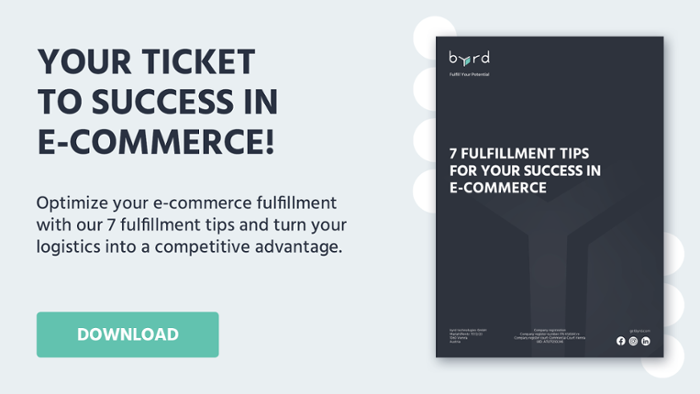9 Tips to Reduce Your Packaging Costs now
Table of Content
Any good manager wants to reduce the expenses of his/her company and that is quite normal. The same goes for packaging costs.
However, your business's supply chain is changing, and growing consumer demand for more sustainability or developing a D2C model, among other things, can raise the cost of your packaging supply.
So you're going to have to adapt and be smart.
This is the case of Apple, for example, which has reduced the cost of its packaging with a simple solution: by removing the chargers from its packaging (except in France). Even though officially the brand says it has been done out of environmental concern.
But let's face it: there's little chance you can do anything similar to Apple to reduce the cost of your packaging.
In this article, you’ll see how to:
- How to reduce packaging costs
- How to optimize your packaging and the processes that depend on it to reduce its costs
- How to manage your packaging supply to reduce its costs
All of this is available in the 9 expert advice tips presented in this blog.
So without further ado, let's find out the first tip to reduce your packaging costs.
Be proactive, not reactive
If you are reading this article, it may be because, as we mentioned in the introduction, something has changed - a problem has arisen - and has prompted you to take action to reduce the cost of your packaging.

Let’s be honest, the best time to optimize your packaging costs is precisely when there is no problem.
Why?
Because by reacting in an emergency rather than being proactive, you risk misidentifying the problem. By cutting packaging costs under time pressure, you risk doing it wrong and creating more problems than you already have.
Whereas studying the cost of your packaging in "normal" times, by being proactive, you take a step back and have more insight into what can be optimized and what will be profitable for your business.
How?
Make an audit of your packaging costs every six months by following the advice provided below.
See the bigger picture of your packaging costs
Again, this will certainly seem obvious once you have been told.
But still.
Calculating and reducing costs is not only about the packaging box of your product.
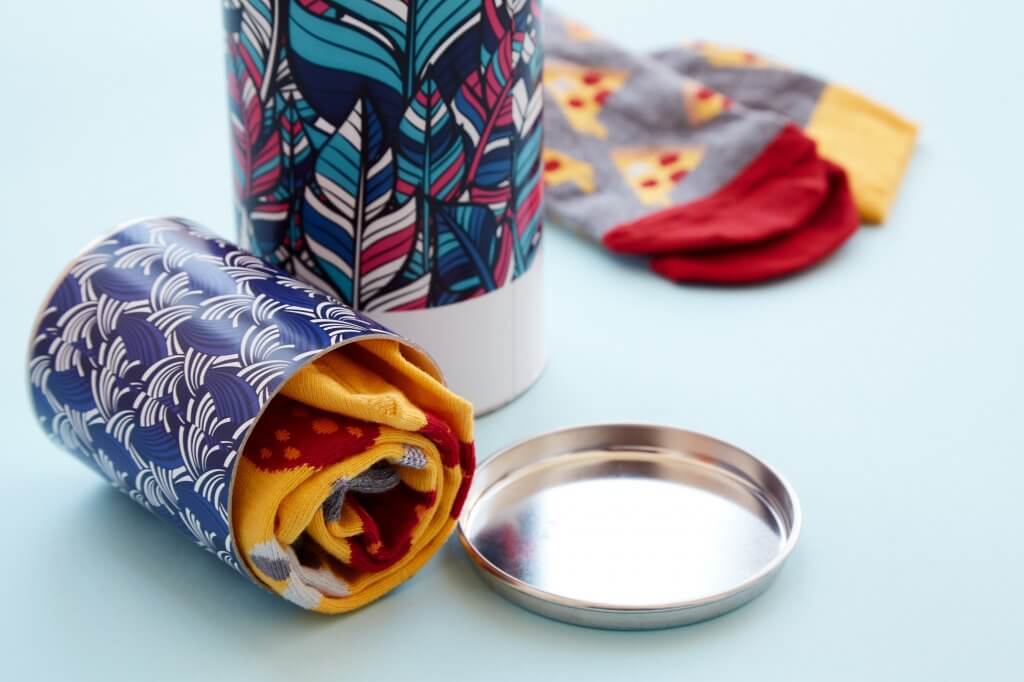
To optimize your packaging costs, you also need to take into account what your packaging entails: cost of storage space, packaging tools, accessories, finishing touch and printing method of your packaging, etc.
But also the ROI of your packaging.
Why?
Well, let's say you, at some point, decided to put inserts to better present your products inside the box. However, you remove them later because you find out that the customer benefit is low and the costs are too high.
Problem: one day a customer calls and says that his product has arrived damaged and he wants a refund. And then another. Not to mention the bad buzz about your products on social media growing up.
Yes, it’s a cost, but the packaging is also a powerful marketing asset that is often underestimated.
So try to think as far back as possible when you are trying to optimize the cost of your packaging: what are the costs directly linked to your packaging? What is its measurable ROI? (retention rate, number of shares on social networks, etc.).
Of course, even if your ROI is very good, you still have a budget that you cannot exceed. It's up to you to weigh up using the resources you've been given and those that follow.
Now that we've seen how to tackle the cost reduction of your packaging, let's look at how to optimize your packaging to reduce its cost.
Use custom-sized packaging and reduce weight
Often, with a growing need for packaging supply, the easiest and fastest solution is standard-size packaging, i.e. the standard sizes that your supplier offers you.
For example, he offers you a cardboard box of 40x20x10 cm and another box that is 70x50x30 cm.
It has the advantage of being available immediately and for a cheap price.
It may help as a starter, but in the long term, a standard size packaging is a huge extra cost: this packaging is unnecessarily too big for your product (because if it was too small, you simply wouldn't have ordered it).
And several financial problems can occur:
You pay for the extra storage and you ship air
Your shipping boxes take up unnecessary extra space, so you pay extra for storage and ship air... Well, not exactly. You pay to store it and you ship half-empty packaging that's heavier than it could be.
You pay too much for your packaging
All that extra space means that you are paying for packaging material that you don't use.
In the meantime, customers are more and more aware and sensitive to environmental issues. They won’t appreciate the extra packaging. For example, Amazon faced a scandal with its oversized packaging. Today that has changed as Jeff Bezos' company now encourages its employees to film when they package products and broadcast packaging process on Tiktok.
And that can also affect your reputation and therefore your sales.
You may pay for unnecessary padding and stuffing
Perhaps even worse: because your packaging is too large, you may have added padding or stuffing to prevent your products from moving and/or being damaged.
Not only does this padding cost you extra, but it also takes more time to pack by your packing operator. Another cost that can be avoided.
By now it should be clear that the remedy to all of this is choosing a packaging supplier who offers you completely customized packaging.
Your packaging must fit the shape of your product if it is not too fragile. If it is, then yes, you need a slightly larger box to put inserts or wood curling, which are ecological solutions.
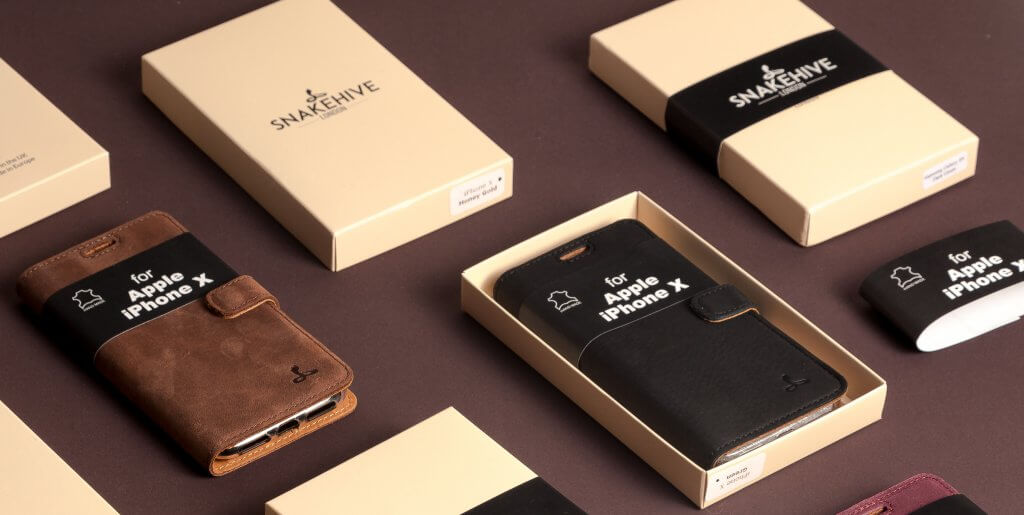
Up there is good packaging example ↑
Another way to avoid unnecessary costs: products such as textiles, for example, often already have their packaging.
For example, if you are an e-commerce store specializing in sneakers and streetwear shoes, the shoe brands deliver the shoes in their boxes.
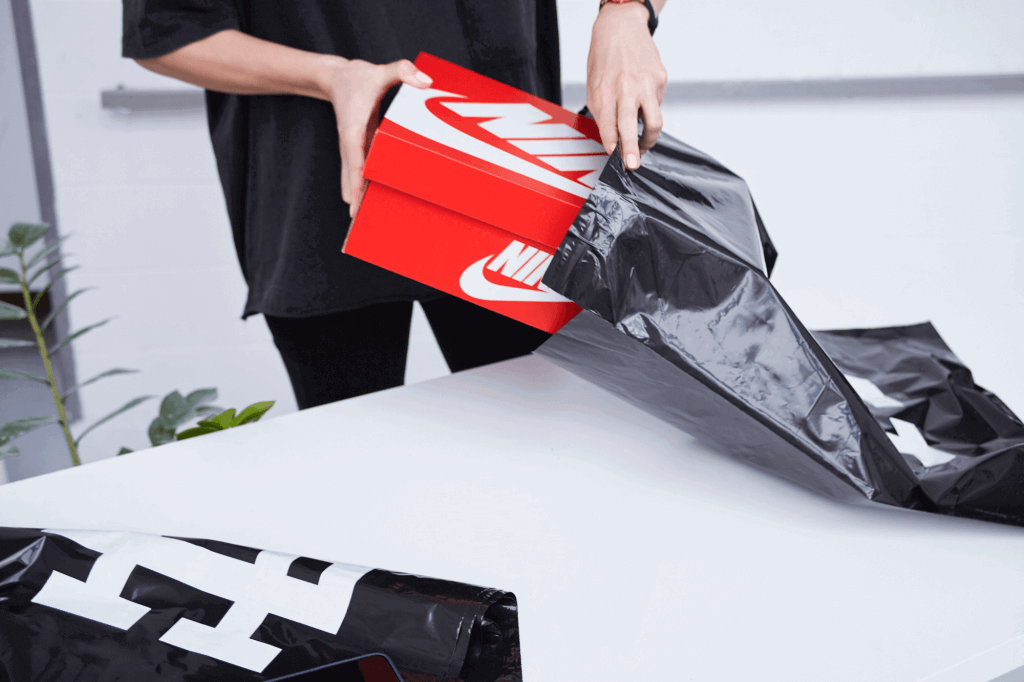
Adding a custom-made shipping bag with your branding is enough to protect them (no need for an extra box) and it doesn't cost you much.
In fact, in addition to being a suitable packaging for shipping in this case (flexible, waterproof, and resistant at the same time), a plastic or bioplastic shipping bag doesn’t take more space than necessary and is very light.
Remove what’s not needed
Adding flyers, a handwritten “thank you” card or something else can have an incredible effect on your sales (we explain how right after)... But it can also seriously affect your packaging budget.
Try to remove the superfluous.
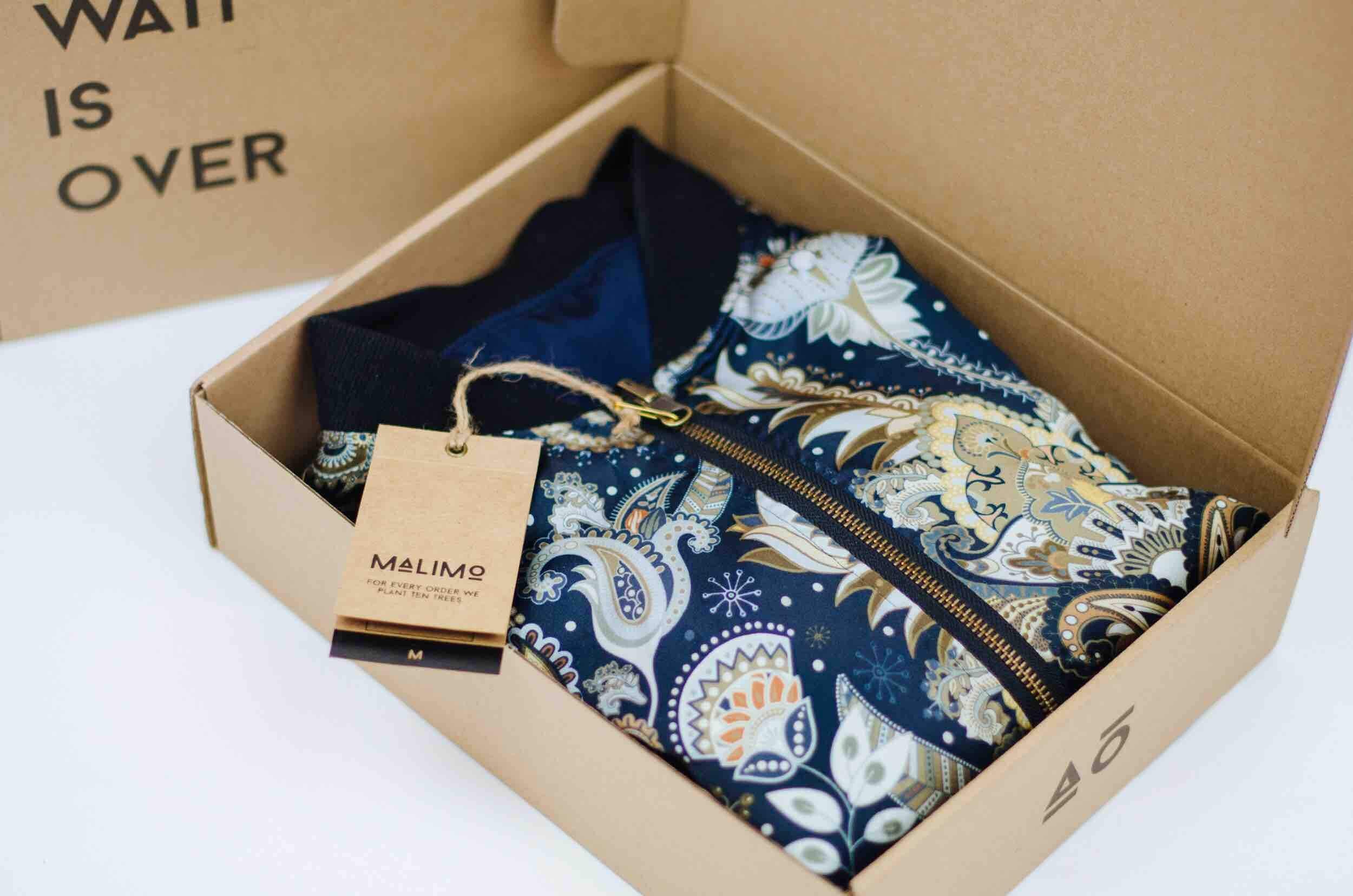
As seen in point 1, consider what these elements can bring in terms of sales.
That's why it's so important to measure the ROI of these brochures, the glossy finish of your packaging, and so on.
Since you put this thank-you card in the box, have unboxing shares increased on social media? Has your retention rate increased? How much does it cost you? How much longer does it take your order picker to add a flyer?
If the decision is difficult to make, tell yourself that you can "keep" what you were doing, but do it differently to reduce your packaging costs.
For example, if you were adding a small note into each box, perhaps instead you could have it printed inside your box.
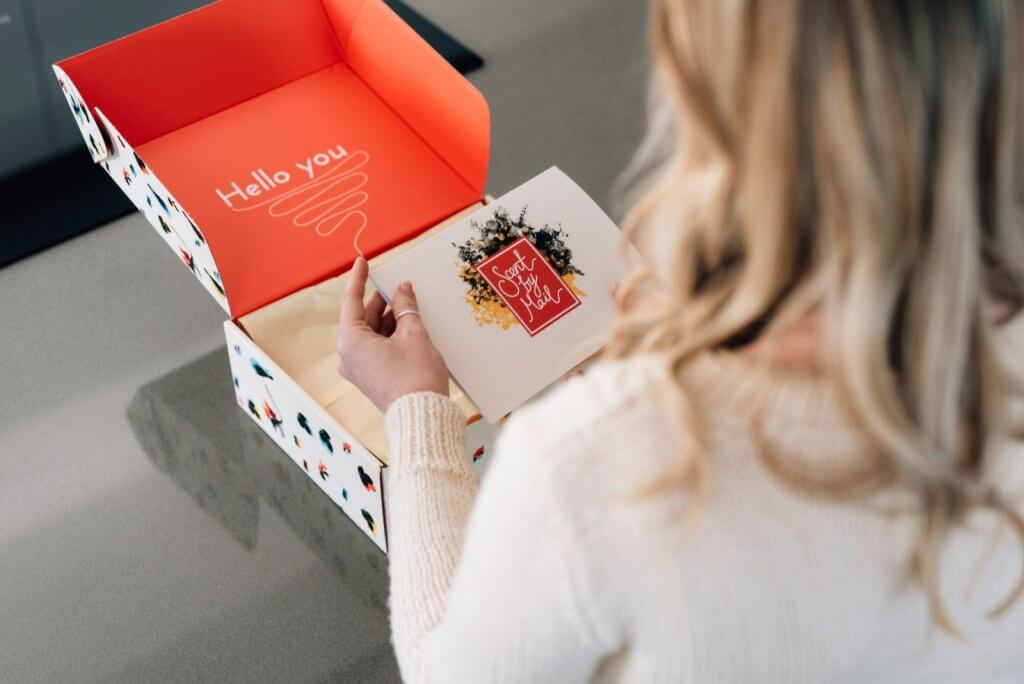
The effect on the customer will be the same (satisfaction and loyalty) and this reduces your expenses.
Remove what’s not needed can also mean removing padding and stuffing. As seen in point 3, you may use it simply because your packaging is oversized.
If your product is not fragile, consider adjusting the size of your packaging.
Or an intermediate solution that will also save you money may be to opt for inserts that use less material and will hold your product in place just as effectively (or even more).
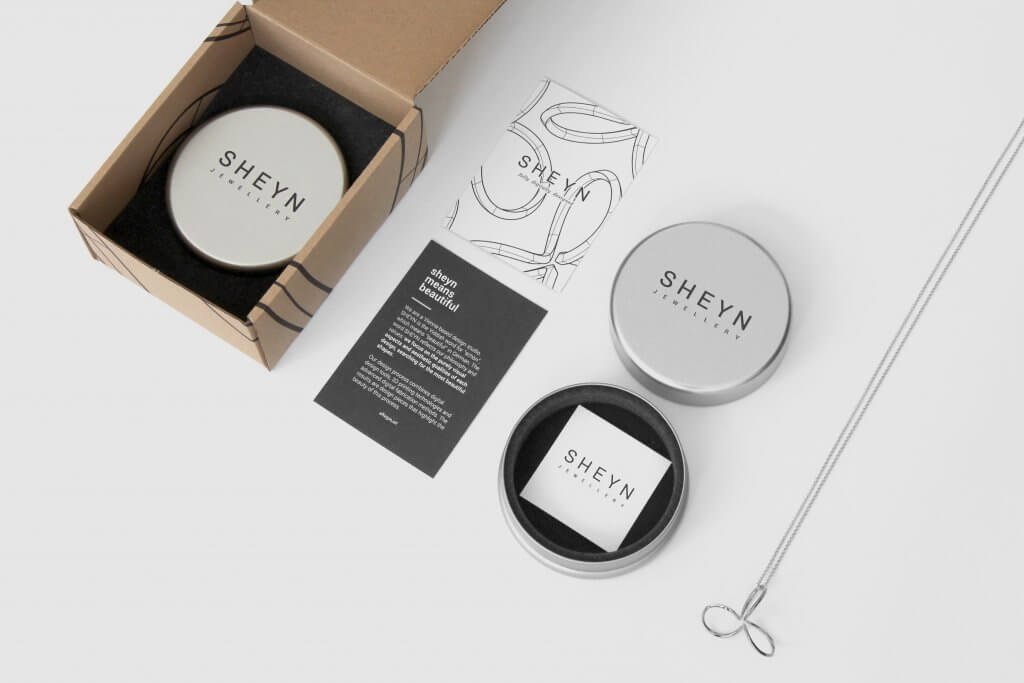
Furthermore, an insert fitted to your packaging box is easier and quicker to fit than kraft paper, for example, and therefore indirectly cheaper too.
With all these tips related to the packaging itself, you already have enough to reduce your packaging budget.
Now let's take a look at how to reduce the costs involved in the process.
Reduce the time of packaging
Have you ever thought about optimizing your order fulfillment, especially the packing stage?
Does your picking operator have a lot to do to pack your products? Is your packaging in the right place for packing? Is it easy to close? Is there a step that can be skipped in the process?

For example, your picking operator seals your shipping boxes with tape. But if you opt for a shipping box with self-adhesive tape, you will have 2 advantages:
- The cost of your packaging itself could be optimized
- Packing time could be reduced (and time is money).
Maintain your machinery
It's certainly not the first thing you think of when you're trying to reduce your packaging costs.
However, equipment not well-maintained, not adapted, or replaced will hurt your budget in the long term.
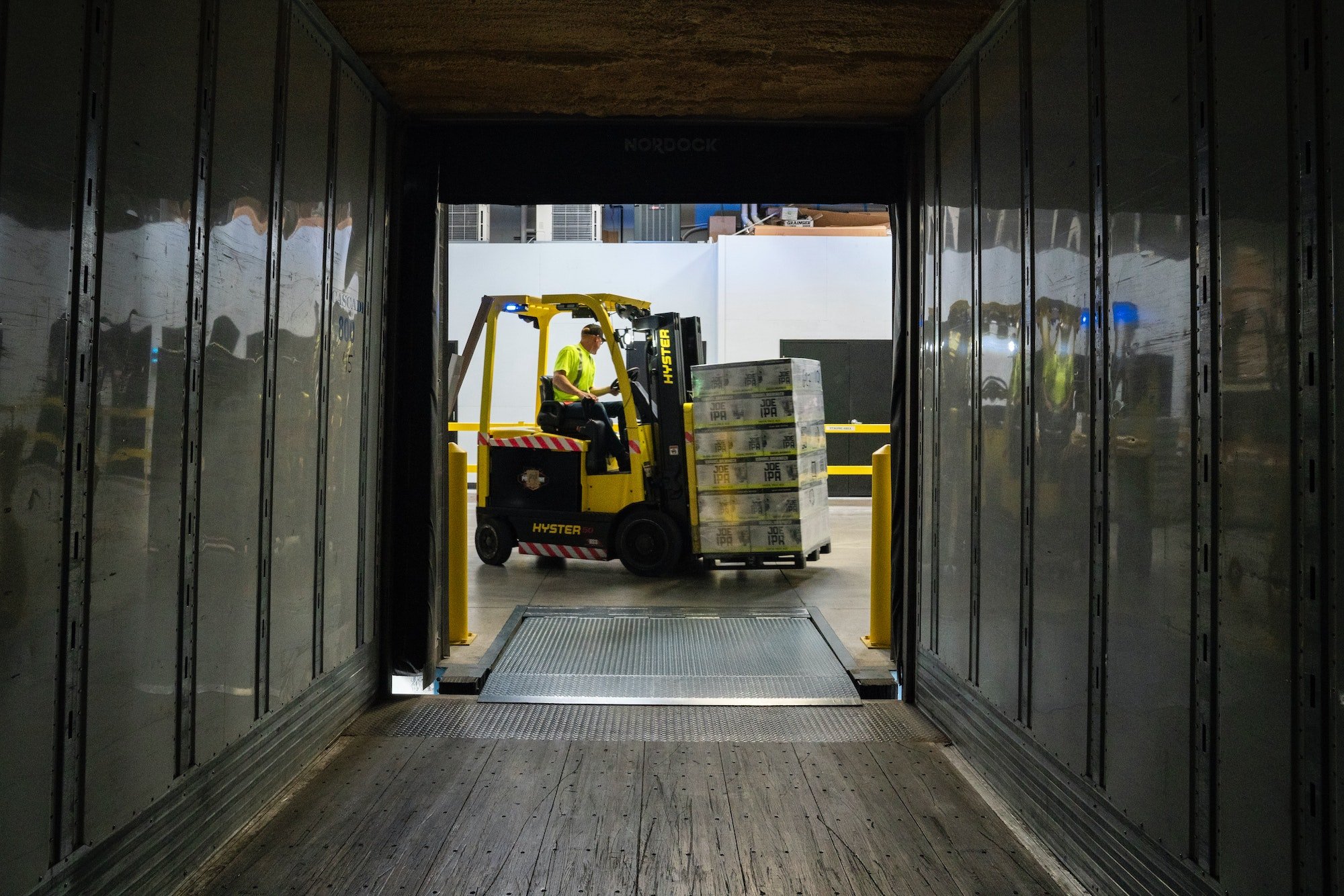
Imagine, for example, that you don't use a dispenser to tape your shipping cartons. You may face 2 issues:
- Cutting tape by hand is longer than with a tape dispenser. You lose time, and therefore money.
- The day your picking operator accidentally cuts his hand, the whole packing process is slowed down. And obviously, you certainly don't want him/her to get hurt.
That's why it's worth investing in useful equipment and making sure that everything is well maintained, from forklifts to tape dispensers and safety shoes.
If you don't maintain your tools and machines sufficiently, you will not only have to pay for their repair but also for the time lost due to their unavailability or the accident they cause. Because the day will inevitably come when there is a technical problem.
Train your staff
Your company's staff is both its most valuable resource and one of the biggest costs.
If your picking operator doesn’t have the right skills, it will cost you money for a non-optimized result, or even create problems which in turn will cost more and increase your packing expenses.
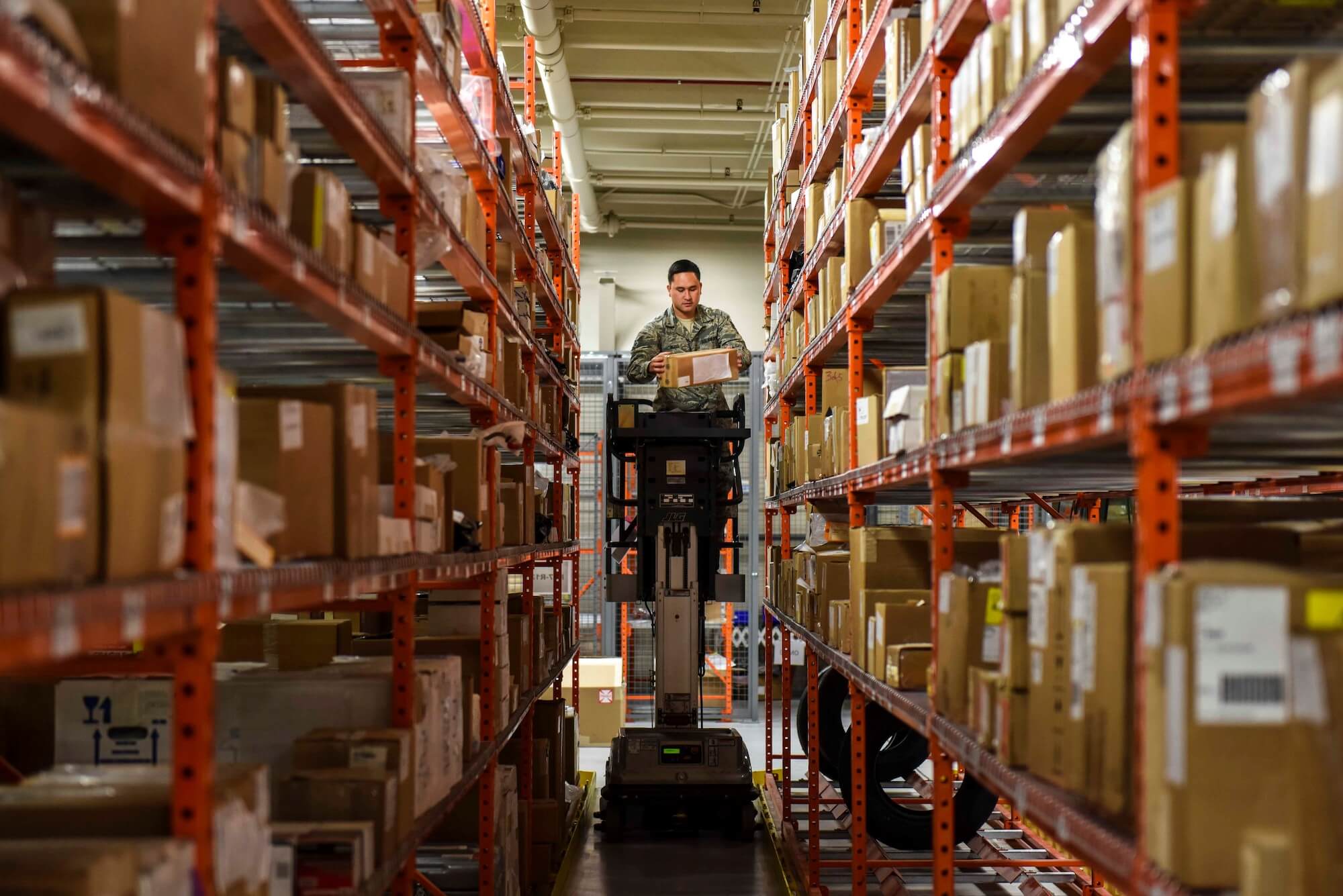
You have every interest in having a well-trained employee for three reasons:
- So that he can be efficient and fast in preparing orders and packaging your products. He/She must know how to use the tools and machines at his/her disposal.
- So that he/she is safe for his/her good and the fluidity of your packing and order preparation process.
- To comply with the laws relating to the health and safety of personnel. Certain processes and safety measures are mandatory and must be documented.
Order from fewer suppliers
Reducing the number of your packaging suppliers may not be the most intuitive advice.
Indeed, having several suppliers allows you to compete and choose the cheapest one for each element of your packaging: one for the boxes, one for the inserts, one for the shipping bags, etc.
However, a supplier who positions itself as “low-cost” risks manufacturing your packaging with lower quality. And in the long run, this can cost you more than you could earn.
Another weighty advantage of reducing the number of your packaging suppliers is optimized adaptability to changes. Imagine changing the size of your boxes to better product fit, that means :
- Contact other suppliers (of inserts and shipping bags) to change their size as well.
- Study and validate the offer of other suppliers, which may be revised upwards on the new size because it is rarer or more complicated to produce.
- Waiting to receive all the elements of your packaging (which will not necessarily arrive together)
- Checking and testing that the size of the packaging elements is the right one and that they are compatible with each other, which is less obvious if the products do not come from the same supplier.
By going through only one packaging supplier, you have only one contact person who will be able to coordinate all your packaging needs much more easily and ensure the quality and compatibility of your products.
Finally, even if certain elements of your packaging are more expensive with your single supplier than with others, don't forget that you can benefit from bulk prices since you order everything from a single supplier.
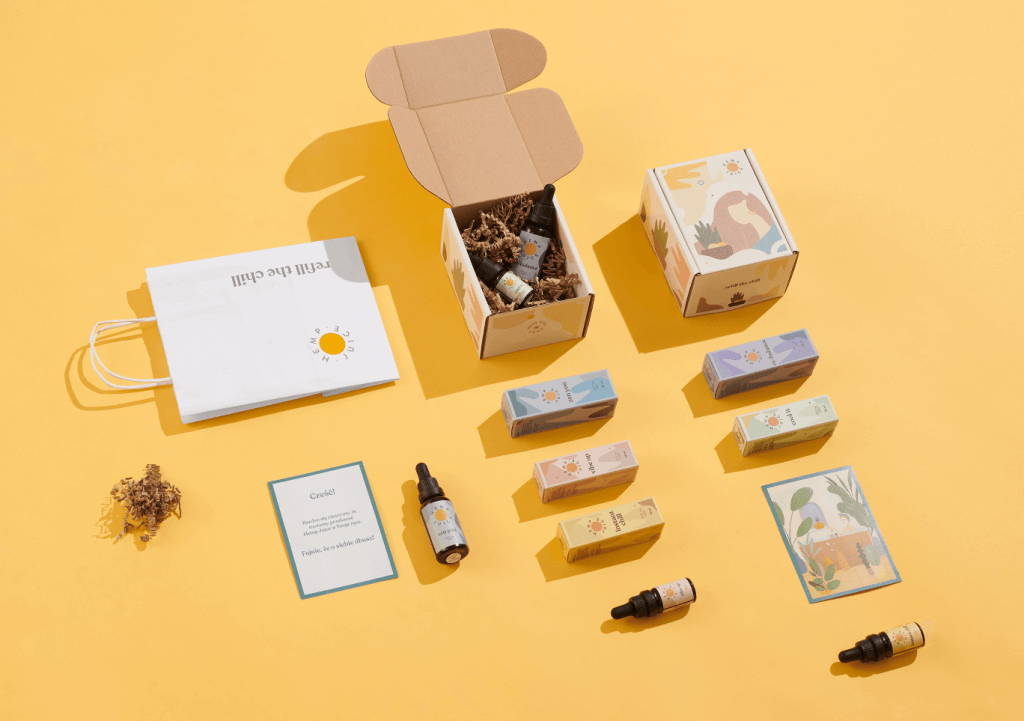
Having a unique supplier has then several benefits:
- Time-saving
- Ensure the quality of your packaging and its accessories
- Simplify your relationship and your orders
- Have packaging elements that are coherent and compatible with each other
- Saving money thanks to the bulk prices
Follow your packaging stock
Your packaging stock, like any stock, must be monitored, and ideally, operate on “just-in-time”.
Too much stock means money tied up and extra storage space costs. Too little stock means the risk of your supply chain breaking down and your customers being unable to deliver.
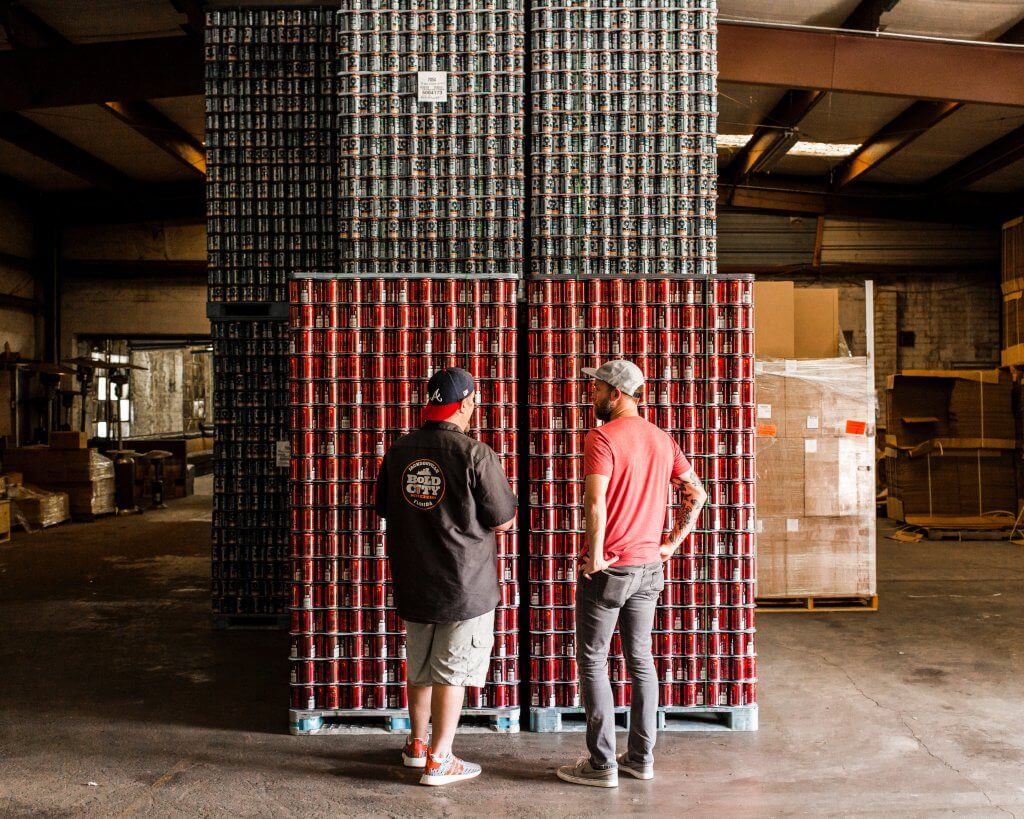
That's why monitoring your packaging stock is essential. You need to have visibility on how long your stock will last, and order on time. And this, in quantities that are calculated, so that you don't overstock.
It is therefore important to know the lead time of your packaging supplier: between the moment you place an order and the moment you are delivered, how long is there?
If you have the budget, the simplest way to do this is to use software that will allow you to automatically trigger a new packaging order when a minimum threshold is reached. Or to receive an alert when your stock reaches a critical threshold, and renew your order in a few clicks.
It's an investment, but it will save you time checking your stock, and therefore money in the long run.
Reduce your packaging costs in two words
If you take a closer look, there are many ways to reduce your packaging costs.
But as we stated in point 2, drastically reducing your packaging costs is not necessarily a good idea.
Not that it is not necessary to reduce it. If you have read this article, that was the point.
But don't forget to relate your budget to what your packaging, as a marketing tool, can do for your business.
Because in the end, if you find that your packaging budget is substantial, but in return, it multiplies your retention rate and makes your brand viral on social networks, then it's worth it.
By choosing Packhelp as your packaging supplier, you will be able to design packaging that is fully optimized for your products (quality, dimensions, materials, etc.), while benefiting from bulk prices and personalized support to bring your project to the top. In combination with reasonable prices for the fulfillment, that's a winning strategy.
 |
About the authorPierre Grante is a Senior Content Specialist at Packhelp. Every day, he helps thousands of companies to easily design custom and eco-friendly packaging. |
